Food Processing
Food Processing is a vital industry for food production across the globe. Over 70% of all food consumed in the U.S. is processed food. Whether you know it or not, the food or food products you consume every day was manufactured and processed in some sort of food processing facility. Processed foods ranging from bread, meats, cheese, microwavable meals, canned beverages, and more are all examples of processed food. During the processes of making these foods, it is extremely important that the food products aren’t contaminated. Food processing plants typically have their workers wear PPE and other equipment to prevent any contamination or cross-contamination.
So, what types of processes are involved food manufacturing and preparation? There are actually a different variety as it depends on what type of ingredients are used and what is being processed? Processes can range from mixing, conveying, cooking, transporting, drying, canning, boiling and many more! At each process/step dust particles can be generated – spreading into the air in and around workstations. The main priority of a food facility is ensuring the safety and health of their workers.
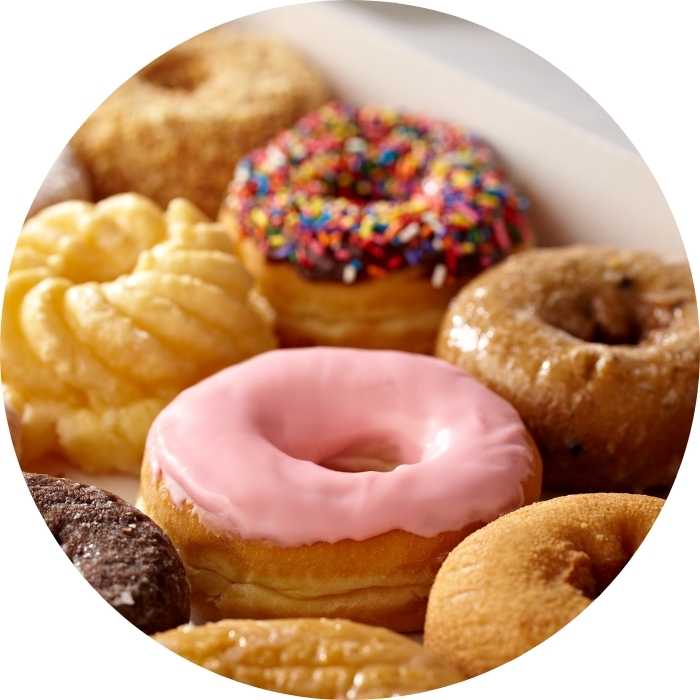
Mixing
Have you ever mixed ingredients for a recipe before? Industrial food plants do the same thing but on a grander scale. Sometimes they mix in additives and other solutions to control or modify the way food is structured. For example, air being mixed into dough. This process is one example of a dust source. As ingredients are mixed, fine particulate can come from ingredients like flour, grain, spices, etc.
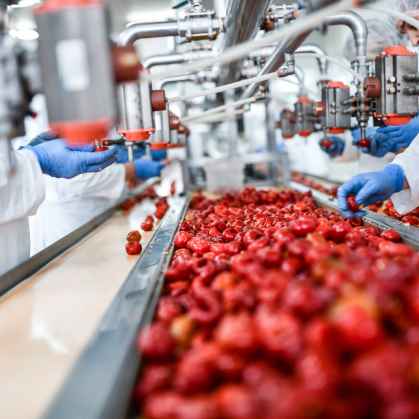
Dust Types
- Flour
- Sugar
- Cereal
- Grain
- Spices
- Starches
- Powdered Milk
- Rice & More!
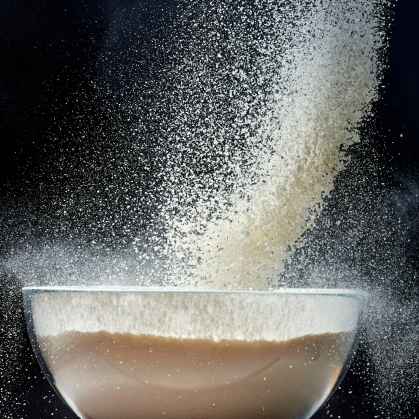
Conveying
During this process, dust from these dry ingredients can still surface into the air or along conveyors. It is always important to keep workplaces clean. Again, controlling the dust is such an important part of manufacturing processes.
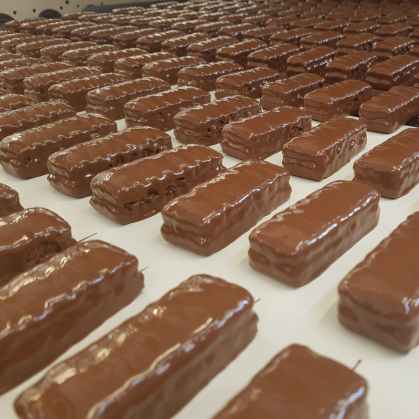
Packaging
Not only can dust be generated from the many processes, but it can also come from the packaging stage of the food products.
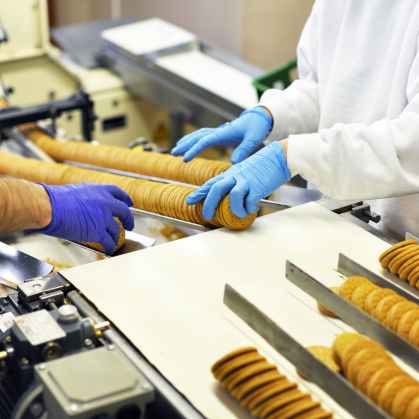
Combustible Dust Risks
A lot of dust generated in food processes is combustible. This means that it is extremely likely to combust when ignited by an ignition source. For example, flour and sugar are combustible. Ignition sources can be a spark generated from equipment, electrostatic discharges, or even something as simple as a cigarette butt. That is why it is so important that work areas are kept clean and dust-free.
It is more than essential to protect workers and the industrial food plant from dust explosions. Once it ignites there is no stopping the explosive chain reaction. Implementing dust control and industrial air solutions is a good preventative measure.

Food Grade Filters
At Pleatco Filtration we manufacture industrial air products for many applications tailored to the industry including food processing.
Learn More


